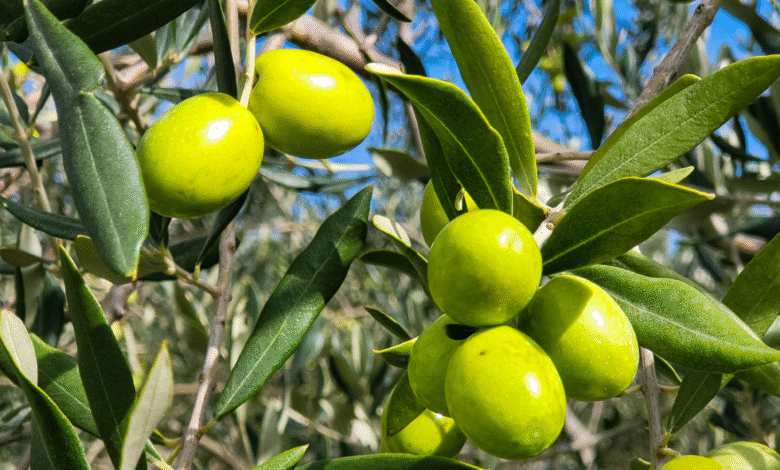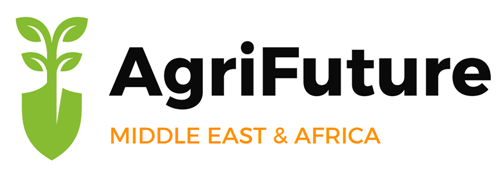
The World of Olives
The olive is much more than just a fruit — it’s a cornerstone of Mediterranean agriculture, a cultural symbol, and a key ingredient in global cuisine and economies. Whether consumed directly or processed into olive oil, the olive industry spans from cultivation to harvesting, extraction, and export.
In this article, we’ll explore key facts about olive production and highlight the top 10 olive-producing countries in the world, using the most recent figures available.
Overview of Olive Cultivation
Olives thrive in Mediterranean climates with mild winters and hot, dry summers.
Traditionally, olive cultivation has been concentrated around the Mediterranean Basin, though it’s now expanding to new regions.
Olives are used for:
Table olives (direct consumption)
Olive oil production (extraction and refining)
Key indicators include harvested area (hectares) and yield (tons per hectare).
For example, in 2023, Spain cultivated about 2,651,110 hectares of olive groves (TheWorldRanking.com).
Climate change, pests, production cycles (“alternate bearing”), and modern farming techniques all affect yields.
Top 10 Olive-Producing Countries (2023 Figures)
Rank Country Production (tons) Key Highlights
1️⃣ Spain – 5,101,010 Global leader with advanced technology and vast plantations.
2️⃣ Italy – 2,397,880 Longstanding olive tradition; production varies by year.
3️⃣ Turkey – 1,520,000 Major producer along the Aegean coast.
4️⃣ Portugal – 1,194,990 Smaller area but high yields and modern farming.
5️⃣ Tunisia – 1,077,206 Africa’s top exporter; strong focus on olive oil.
6️⃣ Morocco – 1,046,055 Expanding production and export potential.
7️⃣ Egypt – 1,034,309 Growing rapidly despite non-traditional climate.
8️⃣ Algeria – 904,013 Significant production with room for modernization.
9️⃣ Syria – 697,325 Ancient olive culture despite recent instability.
🔟 Saudi Arabia – 391,033 Emerging producer with ambitious agricultural investments.
Source: TheWorldRanking.com (2023 estimates)
Key Insights
Spain dominates global olive production, accounting for roughly one-third to half of total world output.
Mediterranean countries remain at the core of global production due to ideal climate and centuries of expertise.
North African countries — particularly Tunisia, Morocco, and Egypt — are expanding their market share.
Yields and harvested areas vary significantly from year to year due to climate conditions and investment levels.
Climate events like droughts and heatwaves increasingly impact yields and global prices.
Challenges Facing the Olive Industry
1. Climate Change: Rising temperatures and drought threaten traditional olive-growing regions.
2. Pests and Diseases: Olive flies and bacterial infections impact yields and quality.
3. Production Volatility: Alternate bearing and weather conditions cause yearly fluctuations.
4. Resource Pressure: Water scarcity and soil degradation pose long-term risks.
5. Value over Volume: Producers focus more on premium “extra virgin” olive oil and certification labels.
6. Sustainability: Countries like Spain are turning olive pits into biomass energy to reduce waste and carbon impact. (Reuters, 2024)
Conclusion
The olive industry continues to play a vital role in global agriculture and Mediterranean identity. While a few countries dominate global production, others are quickly emerging as new players.
Understanding these dynamics — from yields and trade flows to climate challenges — is key for producers, investors, and consumers seeking to navigate the evolving olive market.
From the groves of Andalusia to the deserts of North Africa, the olive remains a symbol of resilience, culture, and prosperity.









